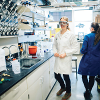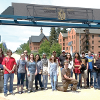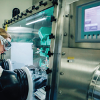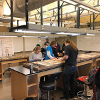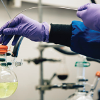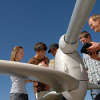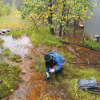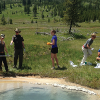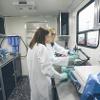Student Involvement
MSU is Montana’s land grant university. The land grant mission, as set forth in the first Morrill Act of 1862, was to “teach agriculture, military tactics, and the mechanic arts as well as classical studies so members of the working classes could obtain a liberal, practical education.” [1] In this century, with the rapid pace of innovation, opportunities to participate in the basic and applied research that underpins technology development is an extremely valuable component of a practical education.
In carrying out the land grant mission, the Energy Research Institute (ERI) engages students in its energy related research at both the undergraduate and graduate levels. A significant fraction of the research funding ERI receives goes to supporting student salaries, graduate student tuition, and materials and supplies for students to conduct the research. The research activities provide discovery-based learning opportunities, a team working environment, mentorship from faculty and more senior students, and, in many projects, an opportunity to interact with industry.
[1] "The Land-Grant Tradition", Association of Public and Land-Grant Universities.
Students involved in ERI research come from the following departments:


